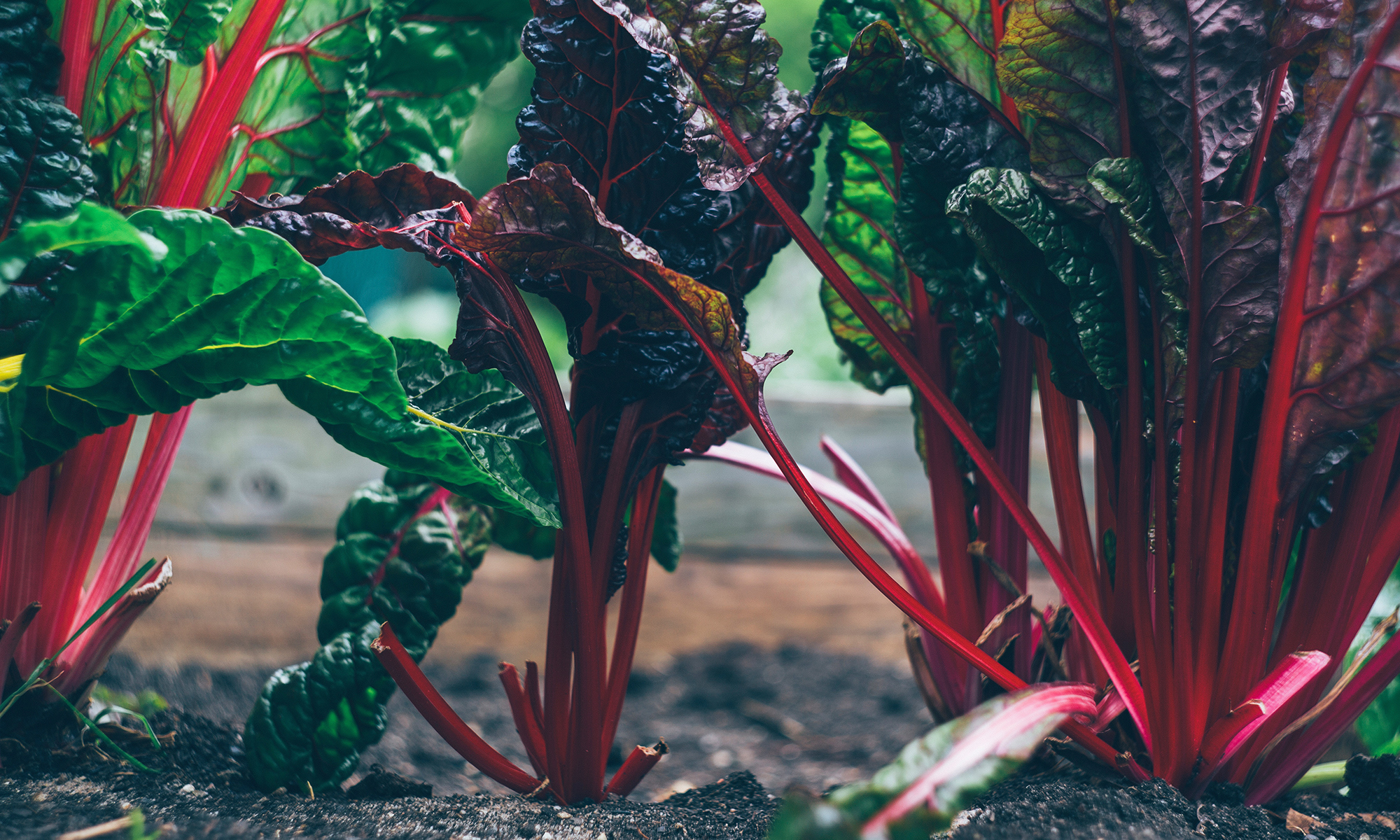Subsequent crops of garlic are generated from the previous year’s harvest. Farmers reserve the largest cloves and then plant them in mid-September. The following July, each clove will have sprouted a new bulb.
When I decided to grow garlic for the first time last year, I didn’t have bulbs which I could replant. I didn’t trust supermarket garlic as I know that some commercial varieties are bred to *not* sprout: fine for long-term storage, not fine for growing new garlic. Instead I ordered 3 bulbs from Seeds of Change for $15.
The yield was decent: about ½ pound of scapes and 20+ bulbs. Some of the bulbs were decent sized, but many were small-ish. Was this a result of inadequate sun and fertilization? Perhaps, the smaller, internal cloves produced smaller bulbs? Or maybe it was just the variety of seed I bought (it was rather random how I chose). I’m not sure the cause but I’m hesitant to replant the smaller cloves. And I don’t have enough of the larger bulbs to yield a sufficient crop for next year.
Yesterday, I walked over to the Central Square farmers’ market. I really didn’t need any veggies as my backyard is bursting with tomatoes, cucumbers and kale. But I was having guests for dinner and thought perhaps I would supplement my bounty.
A Dick’s Farmstead, garlic bulbs spilled out from the display. At $1.50 per bulb, this seemed like an economical solution to getting seed garlic. I confirmed with the farmer that his garlic was suitable for planting. I will store it in the basement until the timing is right in September. I put several bulbs (a bag of peaches) in my bag.
Feeling good that I supported my local farmer, I went home otherwise empty-handed. I decided to make do with what I already had.
Roast Salmon with Tomatoes and Potatoes
4 salmon fillets
1 tsp. aleppo chili powder
1 cup balsamic vinegar
1 tbs. honey
3-4 medium sized, ripe tomatoes
2 scallions
1 small chili
4 medium sized Yukon gold potatoes
3 tbs. butter
large fistful of fresh basil
1 tbs. olive oil
1 tbs. canola oil
salt, pepper and lemon juice to taste
1. Season salmon with salt, pepper and aleppo chili powder. Set aside (in the fridge) until ready to cook.
2. In a small stainless steel pot, reduce the balsamic vinegar until 1/4 cup remains. Mix 1 tbs. of balsamic reduction with honey. Brush glaze on top of salmon.
3. Dice tomatoes. Mix with basil (not all of it), scallions, chili and olive oil. Season to taste with salt, pepper and lemon juice.
4. Cut potatoes into a dice. Put them in a pot with cold, salted water. Bring to a boil over high heat. Reduce heat to simmer and cook for 5 – 10 minutes more. Timing depends on how small you cut the potatoes — smaller potatoes will cook more quickly. Drain the potatoes. Set aside until just before serving.
5. Put salmon on a sheet tray. Place under broiler for 10 minutes or until it the salmon begins to brown. Switch the oven to bake (375F) and cook for 5 minutes more.
6. Just before serving, reheat the potatoes with the butter. Toss in the remaining basil and season with lemon juice.
From the garden: tomatoes, scallions, basil, chili
From the farm: potatoes
